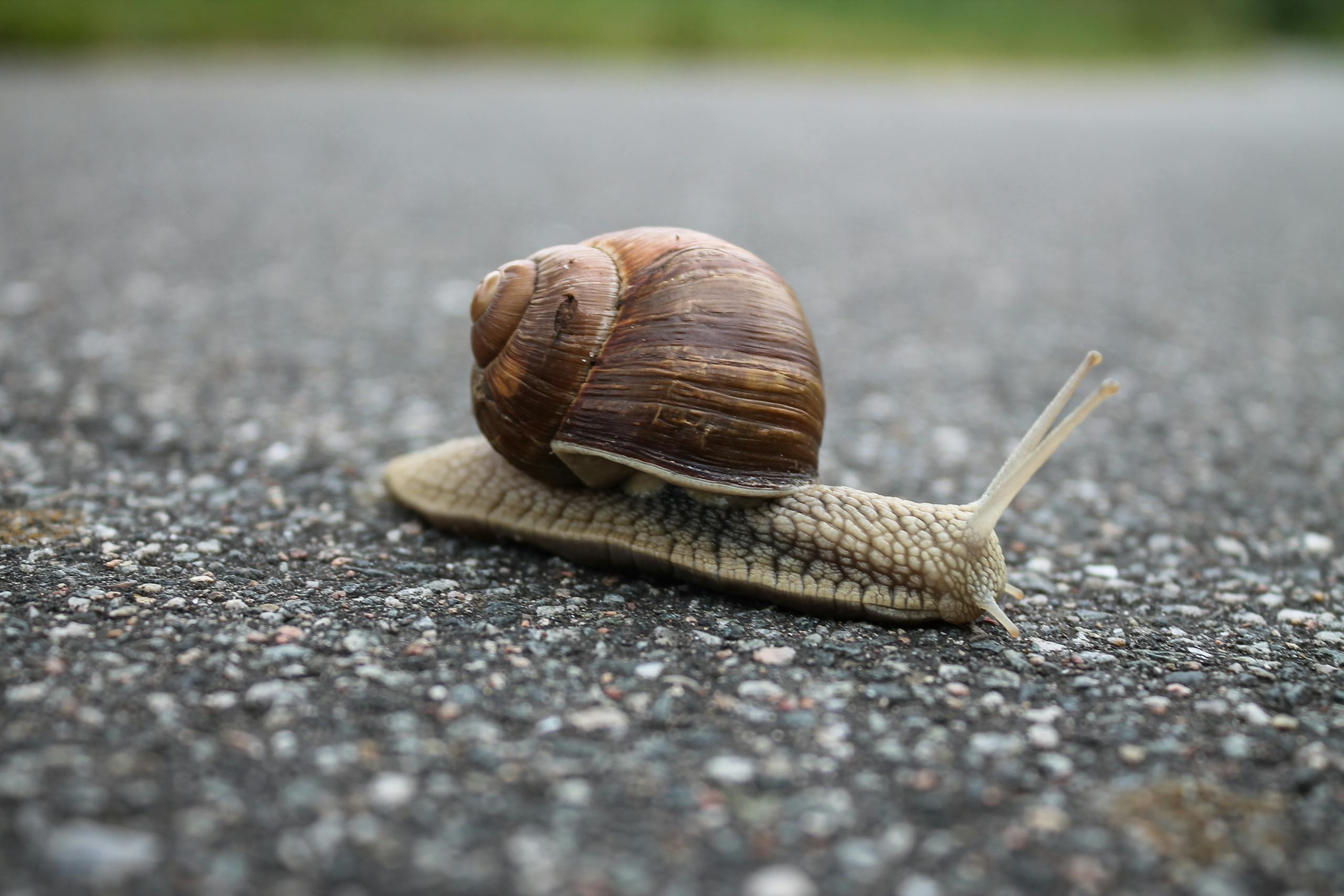The Slow Cure
On time, attention, and the quiet work of healing
There is a kind of healing that does not announce itself. It does not arrive in a bottle or a breakthrough, and it rarely moves on the timeline we demand. It is the healing that happens when we slow down enough to notice our lives: our breath, our food, the light in the room, the way our attention fractures and gathers again. It is the slow cure—not because it is passive, but because it is patient.
Medicine often asks, “What can we do?” The slow cure begins with a different question: “What can we stop doing?” What can we stop forcing, proving, numbing, and rushing? When I work with clients, I notice that the first relief comes not from an intervention, but from an allowance: permission to be with what is here, without needing to optimize it. The nervous system recognizes honesty. It softens when it is not pushed.
Slowness is not inaction. It is precise attention. In a clinic, a farm, a family, or a city council meeting, attention is the one instrument we all carry, the one capable of revealing what we’ve been stepping over. In public health, we identify determinants of health, including housing, education, environment, and community. In practice, we rediscover them as relationships. The slow cure is relational: how I eat with the season, how I move with the day, how I speak when I’m tired, how I listen when I disagree.
Ecology reminds us that nothing heals alone. Forests recover not one tree at a time but through networks of mycelium, cycles of water and light, patterns of give and take. Bodies do, too. When a person reclaims their mornings from the glow of a screen and returns them to a walk, a stretch, a quiet breakfast, the benefits ripple outward: steadier blood sugar, easier conversations, better work, fewer frictions that become symptoms.
There is a cultural impatience that insists healing must be dramatic to be real. The slow cure declines the drama and chooses rhythm instead. It is found in meals cooked more often than ordered, bedtimes honored more nights than not, and a weekly call with a friend who tells you the truth. It is also found in civic rhythms: meetings where the right questions are asked, where listening is practiced, and where complexity is allowed to be complex.
The slow cure does not promise that life will be easy. It promises something better: that we can be present for it. And presence, sustained over time, changes the shape of a life.
